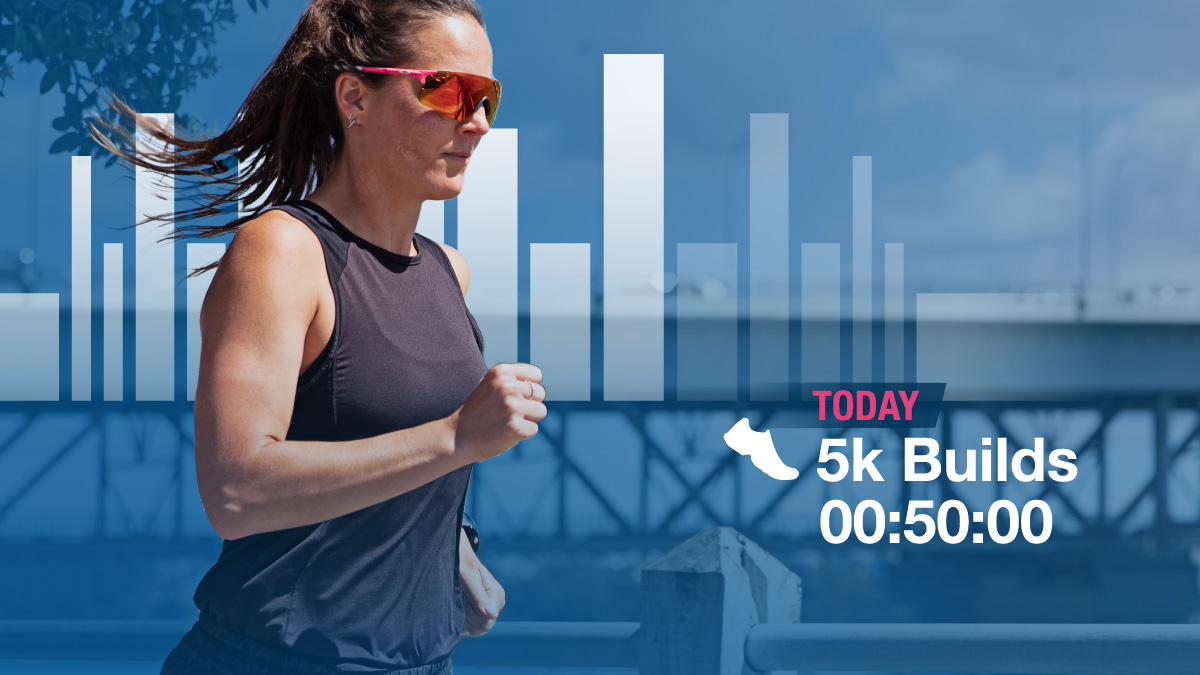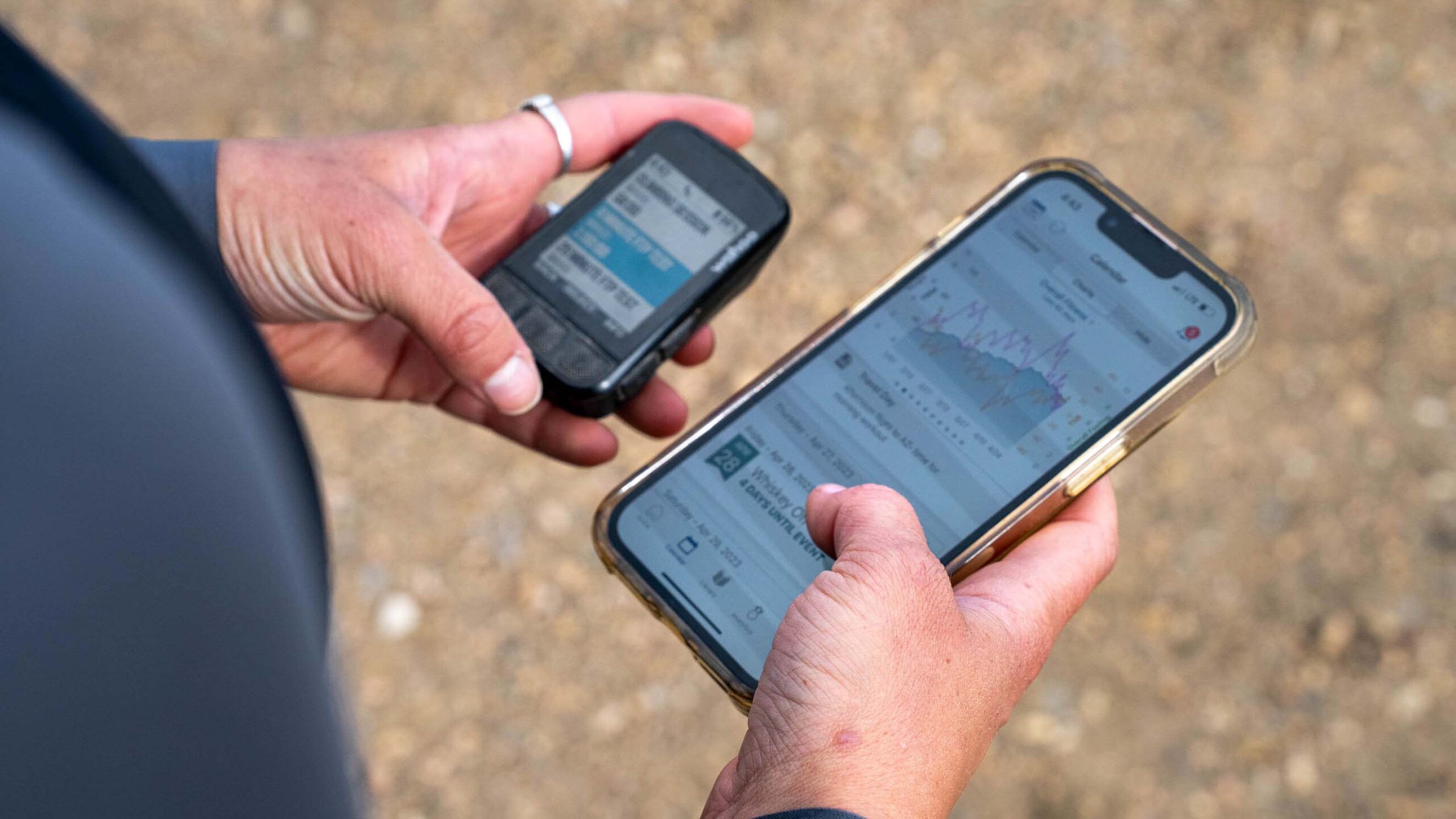Heart rate is the most widely used metric for tracking intensity, yet it is the most commonly misunderstood. This is especially true when it comes to threshold heart rate. Having a low or high threshold heart rate does not relate to athletic performance, rather, it may simply be related to how you’re built along with your athletic experience. Threshold heart rates are also very individual and not necessarily determined by age.
Explaining Threshold Heart Rate
Threshold heart rate is a maximum heart rate you can sustain over a longer period of time, such as from 10 to 60 plus minutes depending on ability, and level of aerobic fitness. Threshold heart rate is also related to the maximum power, or effort you can sustain for the same period of time.
Efforts above threshold are extremely intense. You deplete blood sugar at a fast rate above threshold, while approaching VO2 max ranges. These efforts can only last a few minutes at the most before recovery is needed. On the flip side, efforts below and up to your threshold can be sustained for a much longer time. Determining your proper threshold heart rate is important and will help you confirm your threshold heart rate range.
High and Low Threshold Heart Rates
Heart rate is very individual. There are athletes that have a high threshold, while others have a lower threshold. These numbers can vary at any age. For example, a 50-year-old athlete can have a heart rate threshold in the 180s while a 25-year-old athlete can have the same. It is typical for younger athletes to have a higher threshold heart rate, such as in the 180s and higher. It is also common to see athletes in their 30s and 40s test for a lower threshold heart rate. Again, this is just the trend; it is possible that a higher or lower heart rate threshold can be scored at any age.
Cardiac output, pulmonary function, strength, VO2 and the overall size of the body all factor into how fast your heart needs to beat to deliver oxygen to the muscles. While there are many factors that go into a threshold heart rate, one of the main factors may be the heart itself, specifically the left ventricle.
During diastole (the relax stage), the left ventricle fills with oxygenated blood, and then, during systole, it contracts pumping the oxygenated blood through the aorta and into the body. The size and strength of the left ventricle will determine how much volume of blood can be delivered with each beat.
Scott Benson, MD, FACEP, an emergency medicine/trauma physician and exercise physiologist, explains that, “Threshold heart rate is more nurture than nature. When young, the heart is more compliant to change and adaptation. As we age the heart becomes less compliant, so its ability to change and adapt lessens.” This may mean that athletes in their 40s and 50s who have a higher threshold heart rate may have established that heart rate when they were young, and when the heart was more compliant. Maintaining a moderate to high level of activity may allow these athletes to carry the same heart rate threshold throughout life.
Threshold Variables
Those who are new to endurance training, at any age, may experience a change at threshold heart rate after initial tests. It’s common due to initial gains in strength or cardiovascular adaptations. Another reason for this is simply learning how to test. Those who score a very high threshold heart rate, in the upper 180s, and 190s may see threshold heart rate lower slightly while those who score a lower threshold, such as in the 150s, 160s, may see an increase. The initial increases or decreases are usually in the 5 to 10 beat range. It is important for all newcomers to the sport, and those coming off an extended break, to test fairly often to confirm threshold ranges.
Other variables include medications, which can lower or raise threshold heart rates, as well as training fatigue. If you’re on medications, especially for the heart, it is important to consult with medical professionals to determine the safety of exercise and expectations when it comes to heart rate. If it is safe to test and workout, then it is important you are somewhat rested and prepared for a threshold test.
Heart rate can also be suppressed due to muscle/overall fatigue. Too much training going into a test may not yield accurate results.
Lastly, take into account where you’re testing. A trainer or treadmill is convenient but if the athlete does not have a lot of experience working hard on trainers or treadmills often, the result can yield a lower than expected heart rate. The solution is to confirm these ranges outdoors, preferably on a long uninterrupted hill.
Throughout training, whether rested, in peak form, fatigued, or over-trained, the ability to work at or near your threshold heart rate can provide valuable feedback. This is especially important when you factor in the amount of power you can sustain at this intensity. Determining this range initially takes some time and understanding, but once you figure it out you will have a consistent measure of feedback on fatigue and intensity throughout your training.









